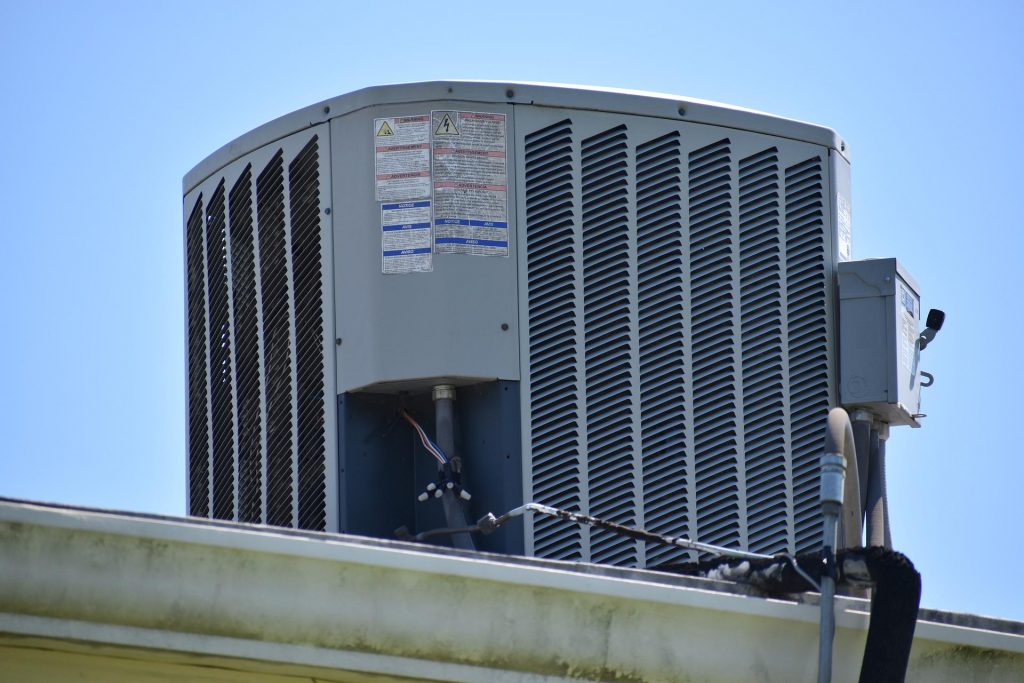
Looking to install an aircon VRV system in your business? In this guide, we will walk you through everything you need to know about VRV systems and how they can benefit your business. We’ll discuss the different types of VRV systems available, as well as how to choose the right one for your needs. Plus, we’ll give you a few tips on how to save energy and money with your new VRV system!
What is an aircon VRV system?
An aircon VRV system is a type of air conditioning system that uses multiple indoor units to regulate temperature. The main difference between a VRV system and a traditional central air conditioning system is that a VRV system can maintain different temperatures in different areas. For example, a VRV system could cool the living room to 70 degrees Fahrenheit while keeping the kitchen at 80 degrees Fahrenheit.
VRV systems get their name from their ability to vary the rotational speed of their compressors. By varying the rotational speed, VRV systems can meet the specific cooling or heating needs of each individual room. In contrast, traditional air conditioners have compressors that run at a constant speed, meaning that they can only provide a single temperature for an entire building.
How does a VRV system work?
A VRV system consists of two main components: an outdoor unit and one or more indoor units. The outdoor unit contains the compressor, condenser, and expansion valve, while the indoor units contain the evaporator and air handling unit. The VRV system uses refrigerant to move heat from the indoors to outdoors (or vice versa), depending on the season. In cooling mode, the outdoor unit pumps refrigerant vapor into the indoor units, where it absorbs heat from the air. The refrigerant then returns to the outdoor unit, where it is condensed back into a liquid. In heating mode, the process is reversed, and the outdoor unit pumps refrigerant liquid into the indoor units. The refrigerant absorbs heat from the air and returns to the outdoor unit, where it is vaporized.
The benefits of using a VRV system for your home or office
Businesses and office buildings can save on energy costs by using a variable refrigerant volume, or VRV, system. VRV systems do not use a central cooling unit like traditional systems. Instead, they use multiple smaller units that are connected to an outdoor condenser. This allows businesses to individually control the temperature in each room, which can save a significant amount of energy. In addition, VRV systems are less likely to break down than traditional systems, and they require less maintenance. As a result, businesses can enjoy lower operating costs and fewer disruptions. For these reasons, VRV systems are an increasingly popular choice for commercial buildings.
How to choose the right aircon VRV system for your needs
When it comes to choosing an aircon VRV system, there are a few things you need to take into account. The first is the size of the space you need to cool. If you have a large space, you’ll need a system that can deliver enough airflow to keep the space comfortable. The second is the climate you live in. If you live in a hot climate, you’ll need a system that can work hard to keep the space cool. The third is your budget. Aircon VRV systems come in a range of prices, so you’ll need to find one that fits your budget. Once you’ve taken all of these factors into account, you’ll be able to choose the right aircon VRV system for your needs. You can check VRV system service by Socool Pte Ltd if you are considering to buy it.
Installation and maintenance tips for aircon VRV systems
Maintaining a comfortable environment in your home or office can be a challenge, especially during the hot summer months. A reliable air conditioning system is essential for keeping cool, but traditional air conditioners can be loud and energy-intensive. VRV systems offer a more efficient alternative, and they can be easily installed with a few simple tips.
First, be sure to choose a location that can accommodate the outdoor unit. The unit should be level and well-ventilated, and it should be sheltered from direct sunlight.
Next, connect the indoor units to the outdoor unit using refrigerant lines.
Finally, install an insulation board between the studs to help ensure proper airflow. By following these tips, you can maximize the efficiency of your VRV system and keep your home or office cool and comfortable all summer long. You can check Socool Aircon website for more tips.
Also Read: Get The Perfectly Pointed Eyebrows With The Right Tweezers And Eyebrow Tools.